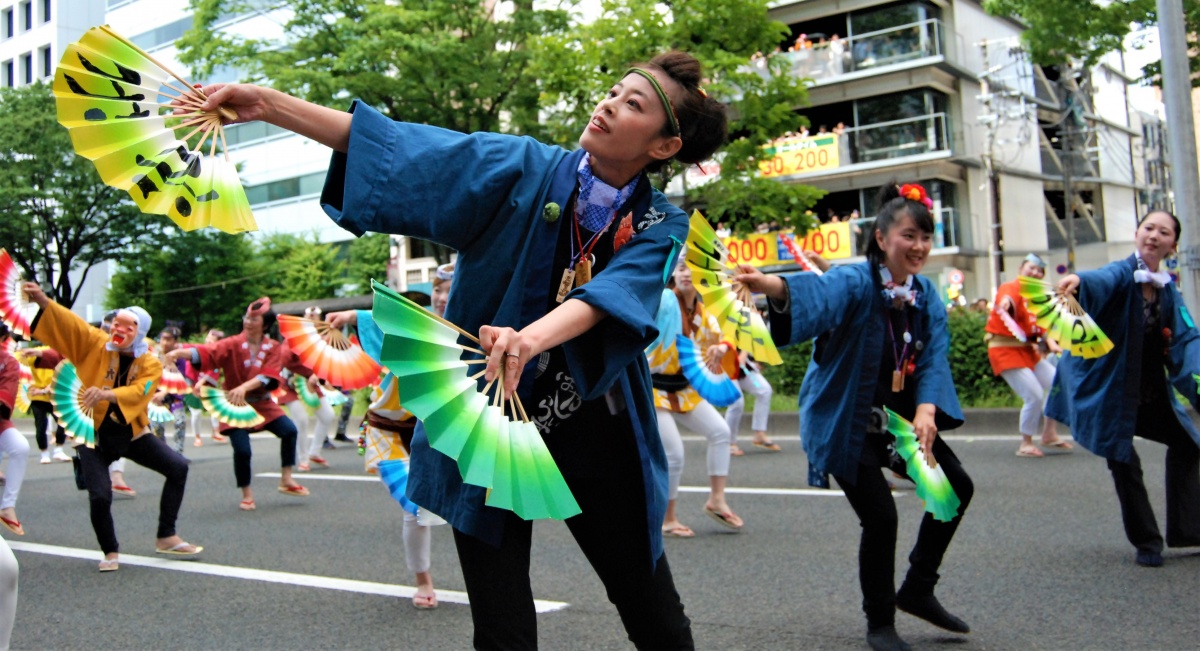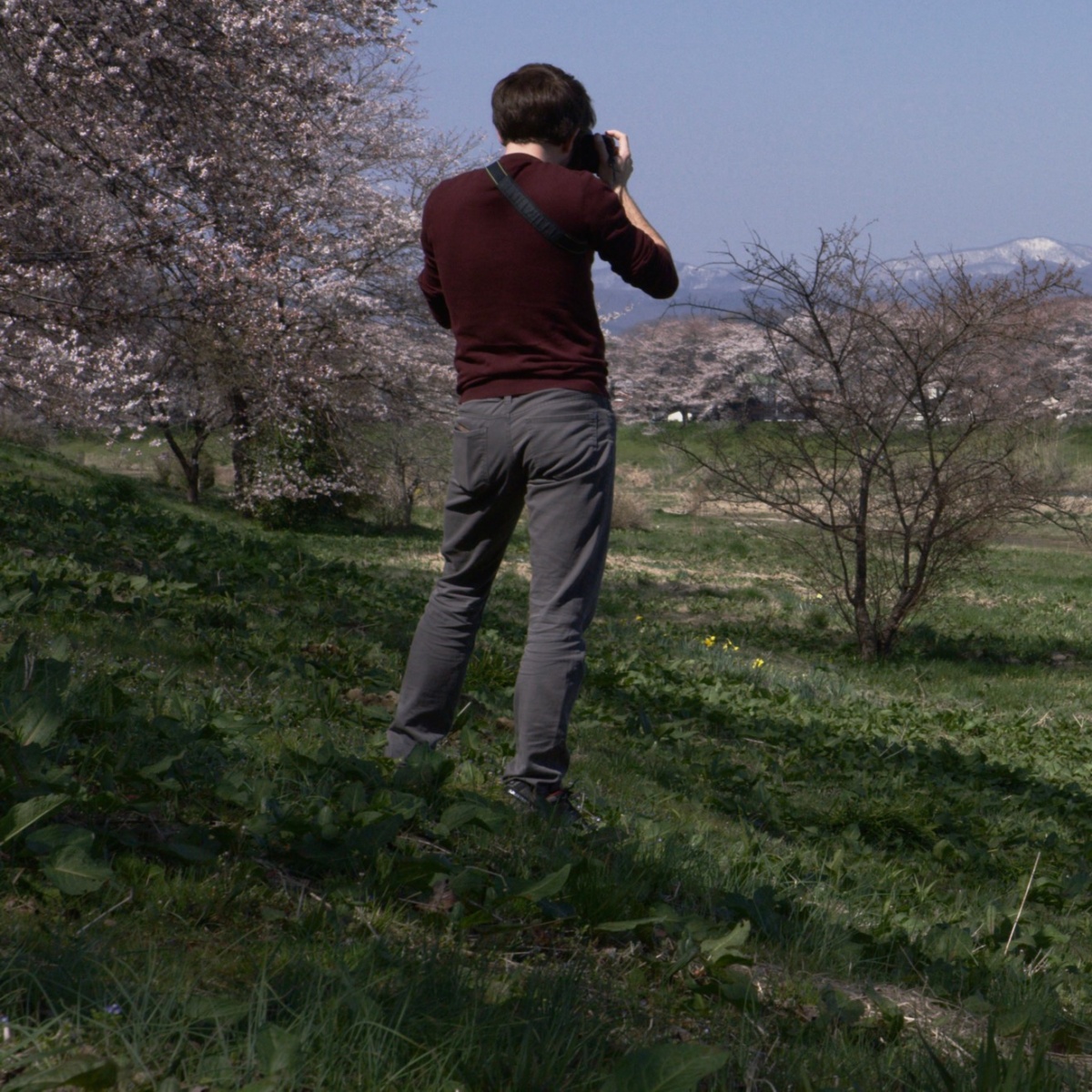Kizuna Festival: Coming Together in Tohoku
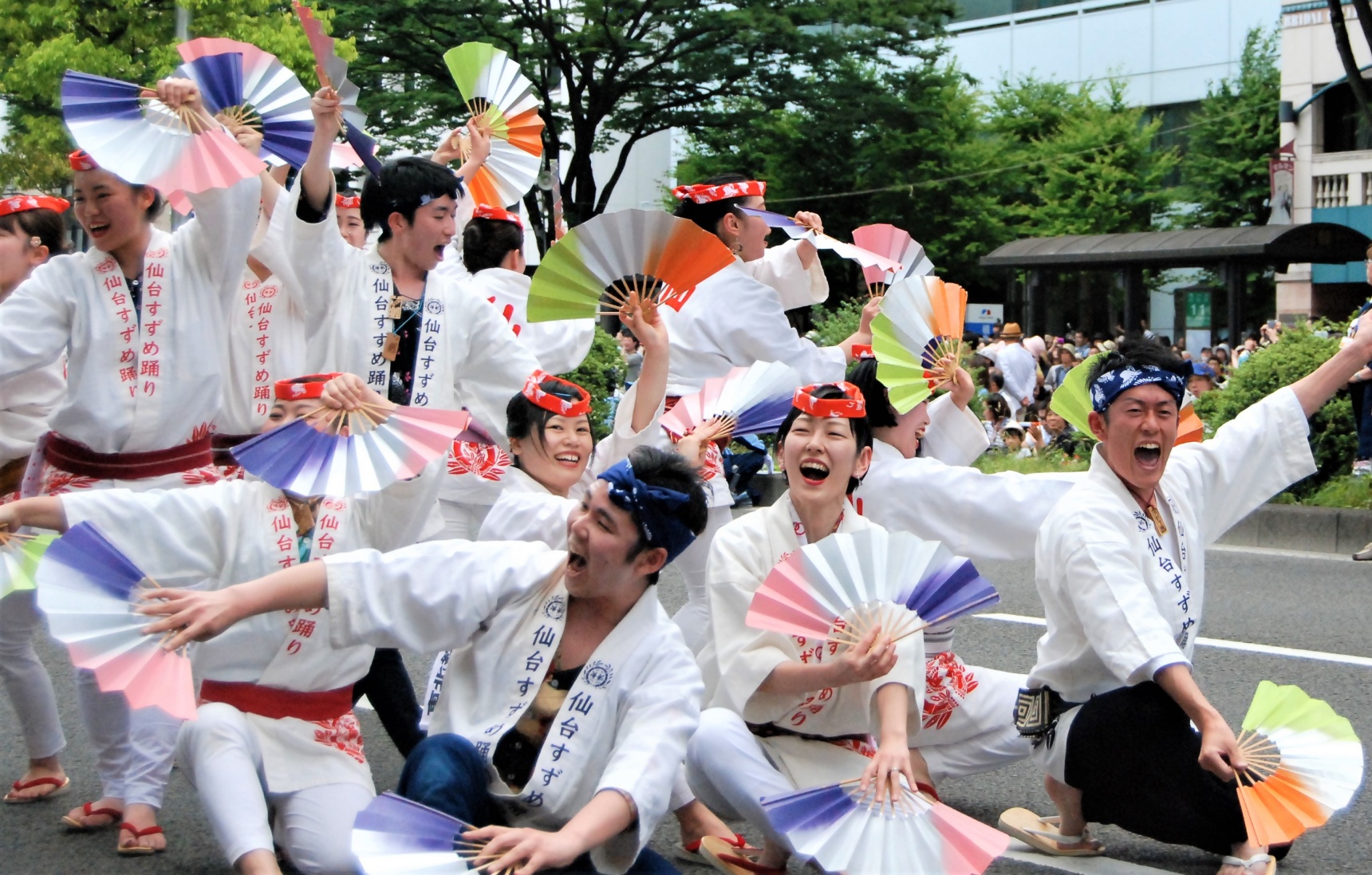
After the Great East Japan Earthquake of 2011, the six prefectures that make up the northeast region, Tohoku, faced incredible hardship. In an inspiring display of cooperation and solidarity, the people of Tohoku came together to rebuild. The Kizuna Matsuri was held to celebrate all they’ve accomplished, and to stay strong for the work still ahead.
By Nicholas Rich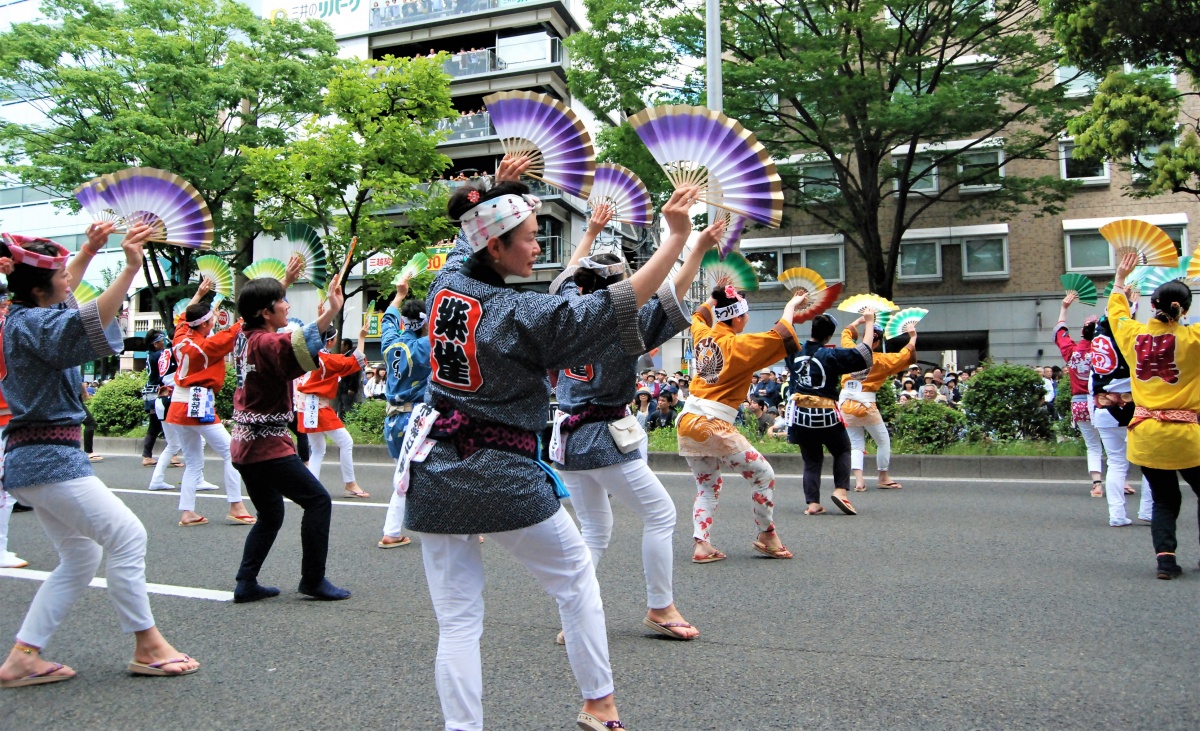
In July 2011, just four months after the Great East Japan Earthquake, the Tohoku Rokkon Festival (東北六魂祭り) began a yearly tour of the capital cities of the six prefectures of the region, starting in Sendai. The purpose was twofold: as a memorial service for the many victims of the earthquake, and to mark the launch of the robust reconstruction efforts of the affected areas. The tour finished last year in Aomori, and while Tohoku has made great strides, there’s still work to do.
Which is why they’ve launched the Tohoku Kizuna Festival (東北絆祭り). The word kizuna (絆), literally "bond," took on a special meaning for northern Japan. In the face of so much loss, the people of Tohoku have cultivated a deep connection, a bond that can’t be broken. To foster an even greater sense of cooperation and respect among future generations, the Tohoku Kizuna Festival will tour the six prefectures and showcase iconic aspects of local culture that make each area so unique. It’s a chance for the people of Tohoku to come together and celebrate all they’ve accomplished, motivate themselves for the work ahead, and appreciate the diverse cultural traditions of the region.
I was honored and excited for the opportunity to head to Sendai and join in the festivities myself in June 2017. It’s quite difficult to see all of the representative festivals of Tohoku in one summer season, so I jumped at the chance to get a taste of them all in one place!
Sendai Tanabata
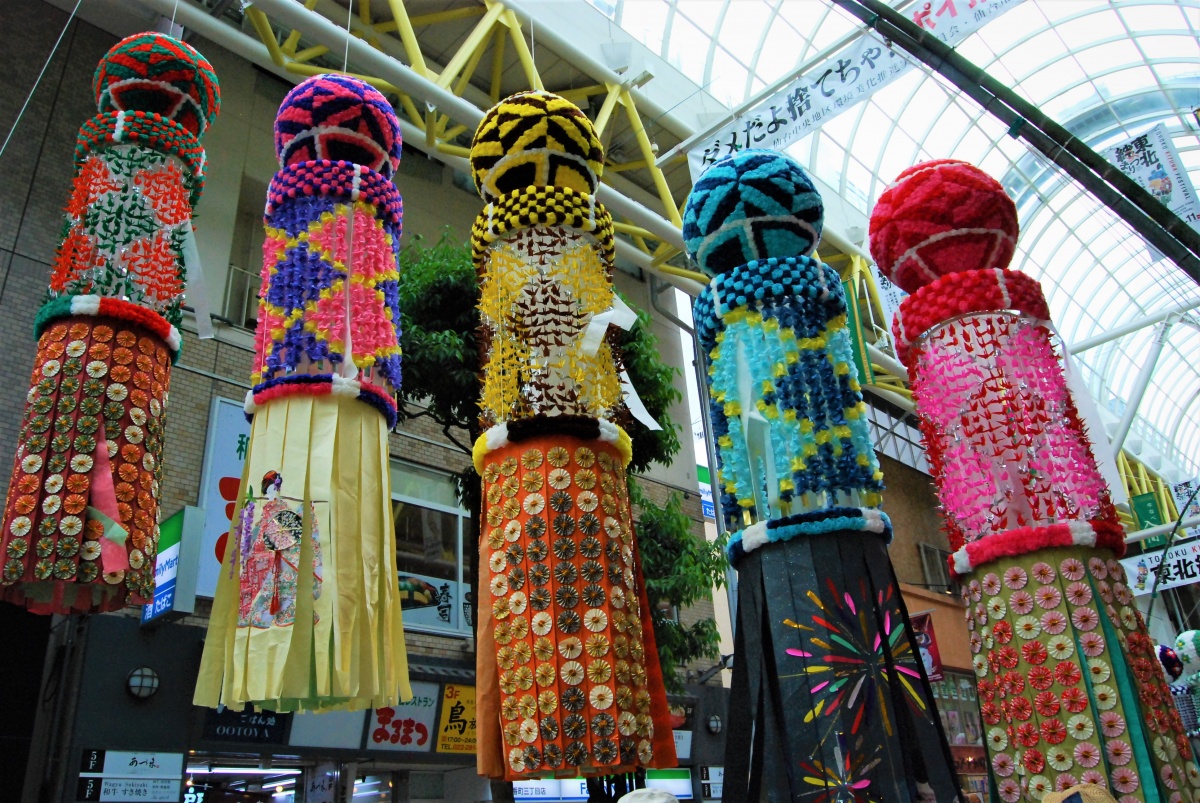
As the venue for the inaugural festival, it seems appropriate to start with the Tanabata Festival in Sendai, in Miyagi Prefecture. Also known as the “Star Festival,” Tanabata takes place in July and celebrates the day on which the lovers Orihime and Hiboshi can cross the Milky Way and be together. Sendai’s Tanabata takes place from August 6 to 8, and is the largest in the country, with over two million (!!!) visitors last year. Along with the traditional festival trappings, hundreds of gorgeous streamers made of traditional Japanese paper are hung on green bamboo poles throughout the city, and festivities are capped off with an impressive fireworks display.
Akita Kanto
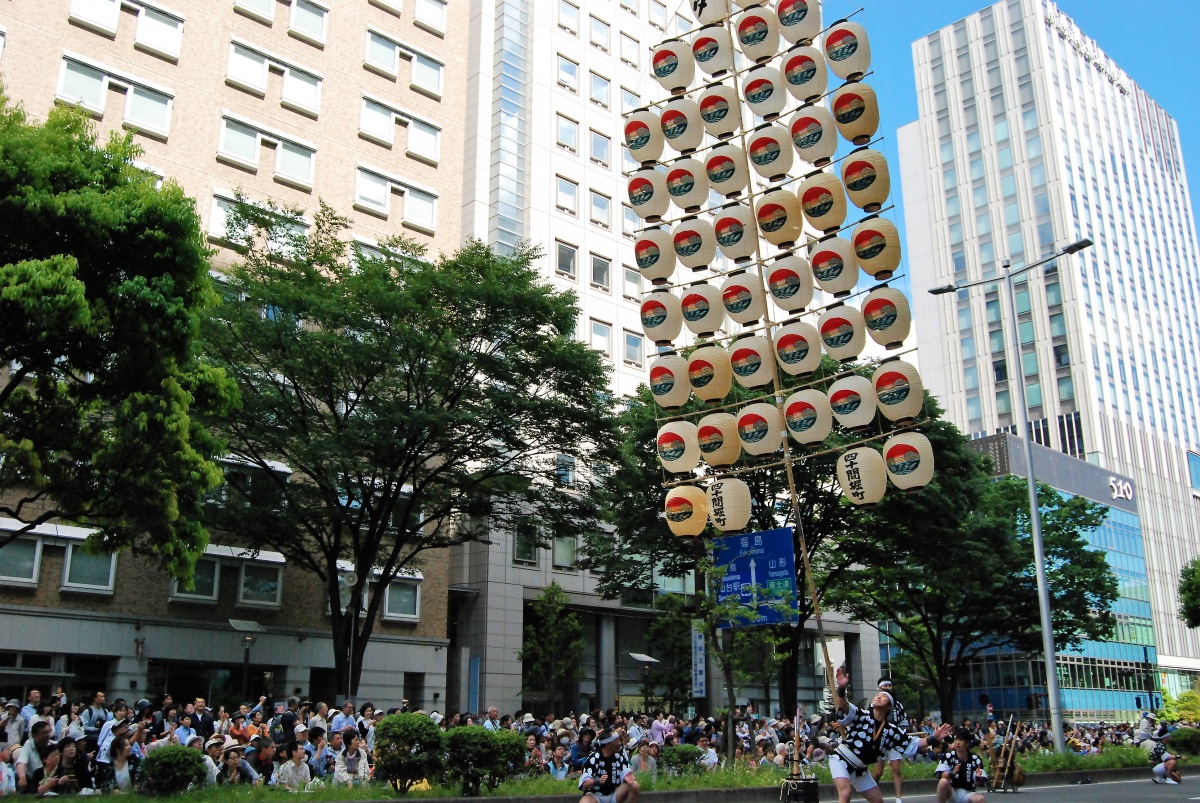
Held August 3 to 6 in Akita City, Akita Prefecture, the Kanto Festival (竿燈祭り) is a ceremony to drive away illness and evil spirits. Rugged men roam the streets and take turns handing off and balancing huge poles that are 12 meters (about 39 feet) high and weigh 50 kilograms (110 pounds). The poles are adorned with forty-six paper lanterns that are lit up at night, and watching participants deftly maneuver to keep the poles aloft before passing them to them off is a sight that has to be seen to be believed!
Yamagata Hanagasa
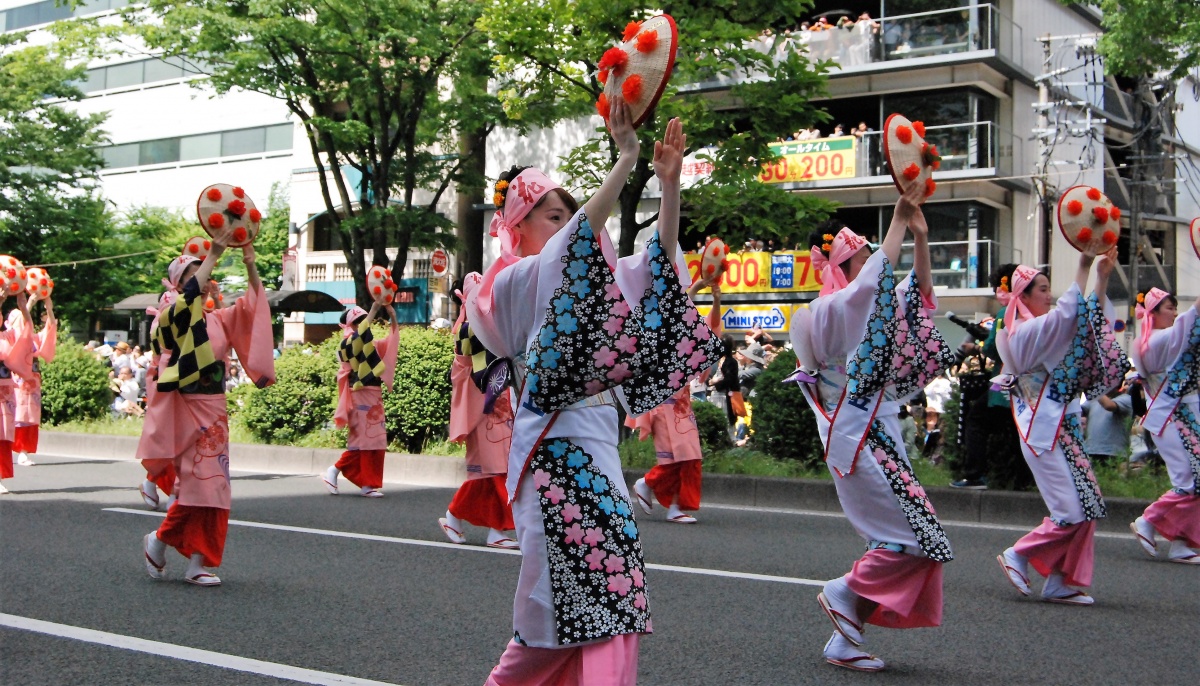
The Hanagasa Festival (花笠祭り) takes place from August 5 to 7 in Yamagata City, Yamagata Prefecture. Groups of participants in brightly colored costumes dance in the streets, accompanied by booming taiko drums. Each dancer wears a hat decorated with beautiful red flowers and dance in unison while shouting “yassho, makasho,” mesmerizing spectators with their elaborate choreography.
Morioka Sansa Odori
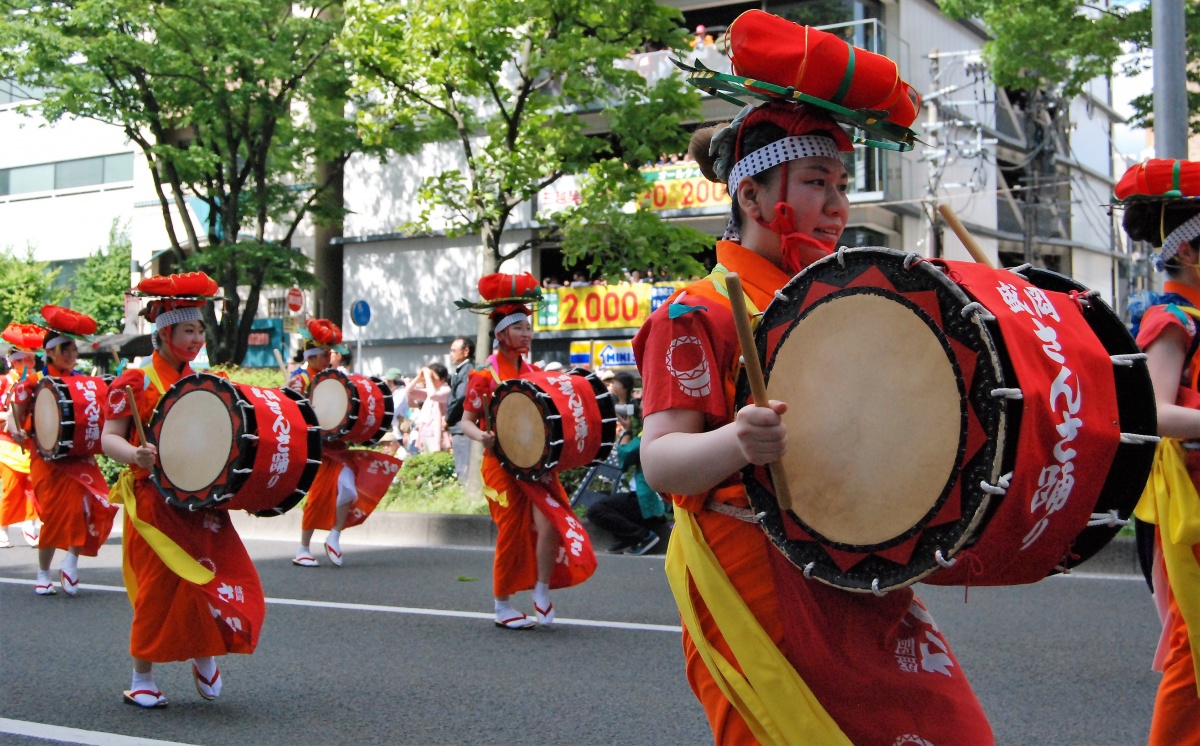
Held in Morioka, in Iwate Prefecture, the Morioka Sansa Odori Festival (さんさ踊り) is believed to be derived from a legend in which the god of the local Mitsuishi Shrine banished an evil ogre. The festival runs from August 1 to 4, and its claim to fame is that it hosts the world’s largest drum parade (and even has the Guinness World Record certificate to prove it), as well as waodori circle dancing, which anyone can join.
Fukushima Waraji
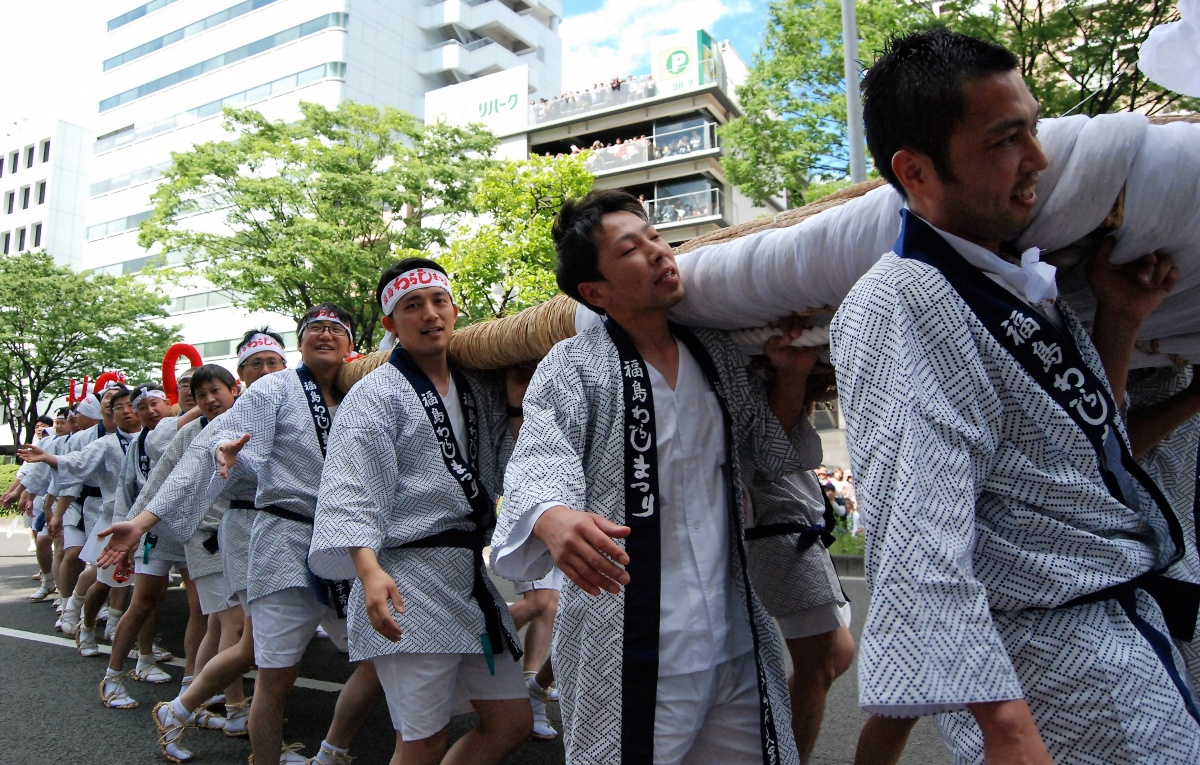
Named after giant waraji straw sandals traditionally dedicated to strong legs and good health, the Waraji Festival (わらじまつり) in Fukushima City, Fukushima Prefecture takes place on August 4 and 5. The festival’s main event is a parade in which one of Japan’s largest waraji sandals, over 12 meters (39 ft) in length and weighing in at 2 tons is hoisted throughout the town. The parade is also accompanied by a variety of dance performances ranging from traditional Japanese dances to reggae and hip-hop!
Aomori Nebuta

Thought to have originated from a lantern floating ceremony held during Tanabata, the Nebuta Festival (ねぶた祭り) in Aomori City, Aomori Prefecture is held from August 2 to 7. The festival consists of 22 large, luminescent floats (inspired by Japanese traditions, the latest Star Wars movie, and everything in between) carried throughout the city streets, accompanied by traditional festival music and dancers. Although the floats vary in size and weight, they light up the night like nothing else!
Something for Everyone
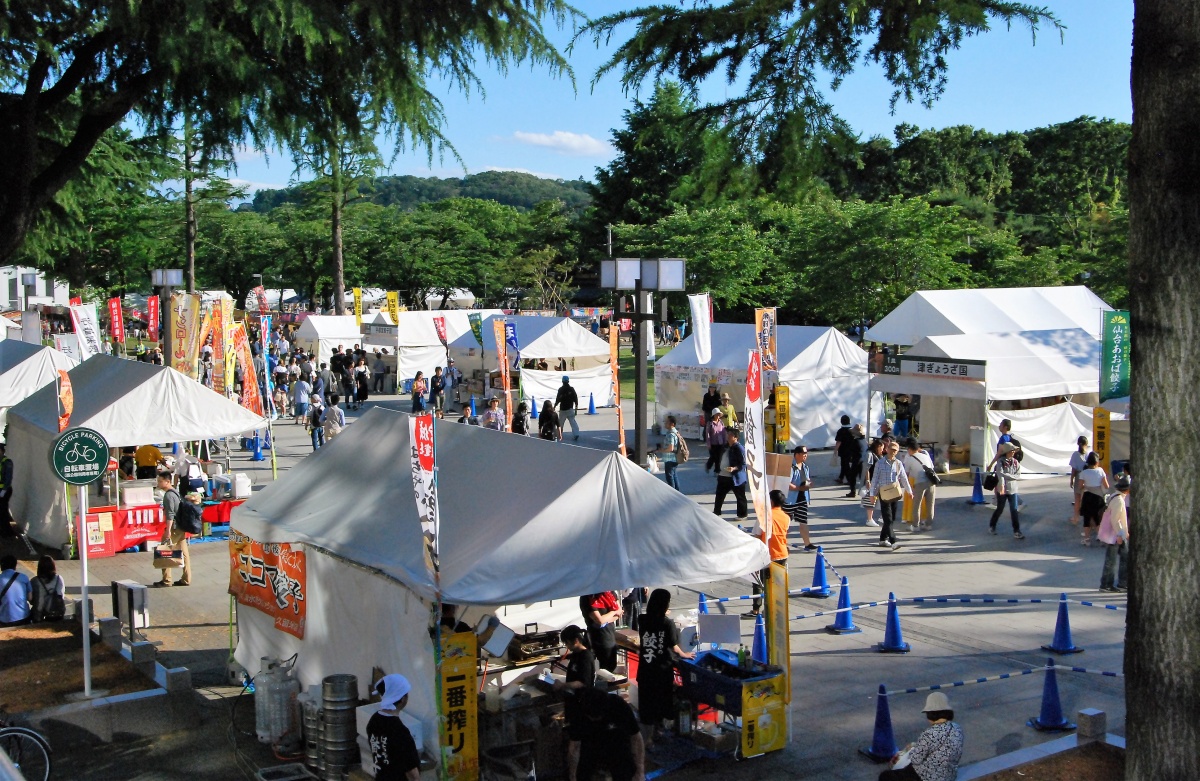
Along with the events corresponding to these famous representative festivals, the Kizuna Matsuri was host to a variety of culinary events showcasing local specialties and alcohol such as craft beer and sake. There were also musical performances at venues throughout the city and a closing ceremony in which participants and the mayors from each of the six prefecture’s capital cities reflected on the importance of the event, and the enduring spirit of Tohoku’s people.
If this year was any indication, next year’s Kizuna Matsuri is not to be missed!


